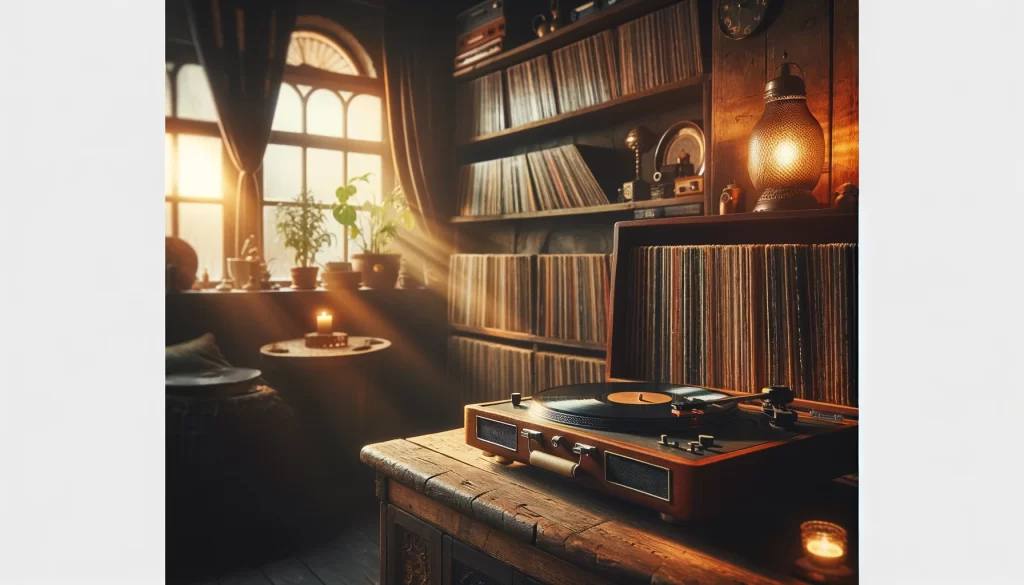In an era dominated by digital convenience, the resurgence of vinyl records stands out as a testament to the enduring appeal of analog experiences. This renaissance is not merely a nostalgic trip down memory lane but a profound statement about the value of tangibility, sound quality, and the art of music collection in a world where streaming services offer millions of songs at the click of a button. Here, we explore the multifaceted reasons behind the vinyl revival and its significance in the digital age.
The Appeal of Physical Media
In a digital landscape where music has become increasingly intangible, the physicality of vinyl records offers a tangible connection to music that many find lacking in digital formats. Holding an album, admiring its artwork, and flipping through its liner notes provide a sensory experience that digital platforms cannot replicate. This physical connection fosters a deeper relationship between the listener and the music, making the act of listening an event in itself.

Superior Sound Quality
Vinyl enthusiasts often cite superior sound quality as a key factor in their preference for records over digital formats. The analog nature of vinyl captures the warmth and depth of recordings, offering a richer and more immersive listening experience. While digital music is praised for its clarity and convenience, it often lacks the nuances that vinyl can provide, making vinyl the format of choice for audiophiles and those seeking a more authentic sound.
The Experience of Collecting
Collecting vinyl records goes beyond mere music listening; it’s a hobby that encompasses the joy of discovery, the pride of ownership, and the personal curation of a music library. Each record becomes a cherished artifact, reflecting individual taste and a commitment to the art form. The act of browsing through record stores, uncovering rare finds, and expanding one’s collection adds a layer of engagement with music that digital streaming cannot offer.
A Connection to History
Vinyl records offer a direct link to the history of music recording and consumption. For many, collecting records is a way to preserve and participate in this history, owning pieces of a musical heritage that spans decades. This connection to the past is not only about nostalgia but also about understanding the evolution of music and its cultural significance over time.
The Art and Ritual of Listening
Listening to vinyl is often described as a ritual, involving the act of selecting a record, placing the needle, and sitting through an album as it was intended to be heard. This ritual encourages active listening, drawing attention to the music in a way that background streaming does not. The physical limitations of vinyl, requiring the listener to change sides, also foster a more engaged and intentional listening experience.
The Community Aspect
The vinyl resurgence has fostered a community of enthusiasts who share a passion for records. Record stores, swap meets, and online forums have become hubs for sharing knowledge, discussing music, and connecting with like-minded individuals. This sense of community not only supports the continued interest in vinyl but also contributes to the cultural significance of record collecting.
The Future of Vinyl in a Digital World
As we look to the future, it’s clear that vinyl records hold a unique place in the music industry. They offer an alternative to the ephemeral nature of digital music, providing a physical and auditory experience that many crave. The resurgence of vinyl is a reminder of the value of craftsmanship, the importance of quality, and the enduring power of music to connect us to our emotions, to history, and to each other.
In conclusion, the vinyl record renaissance in the digital age highlights a collective yearning for more tangible and meaningful interactions with music. It challenges the notion that convenience is paramount, showcasing the depth of experience that can come from slowing down and savoring the act of listening. As vinyl continues to thrive, it serves as a testament to the lasting impact of physical media in a digitally dominated world.